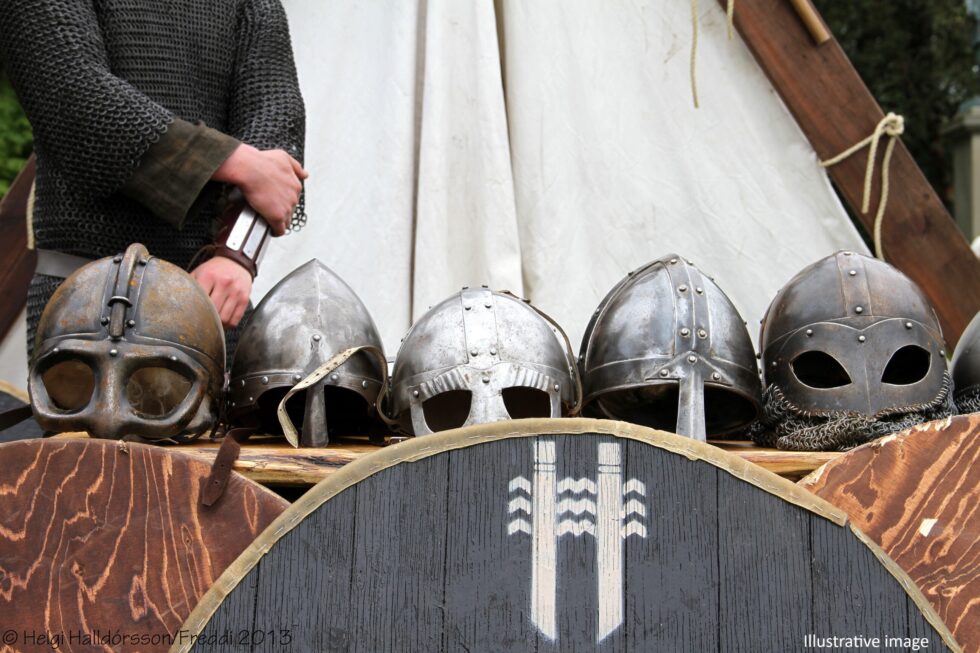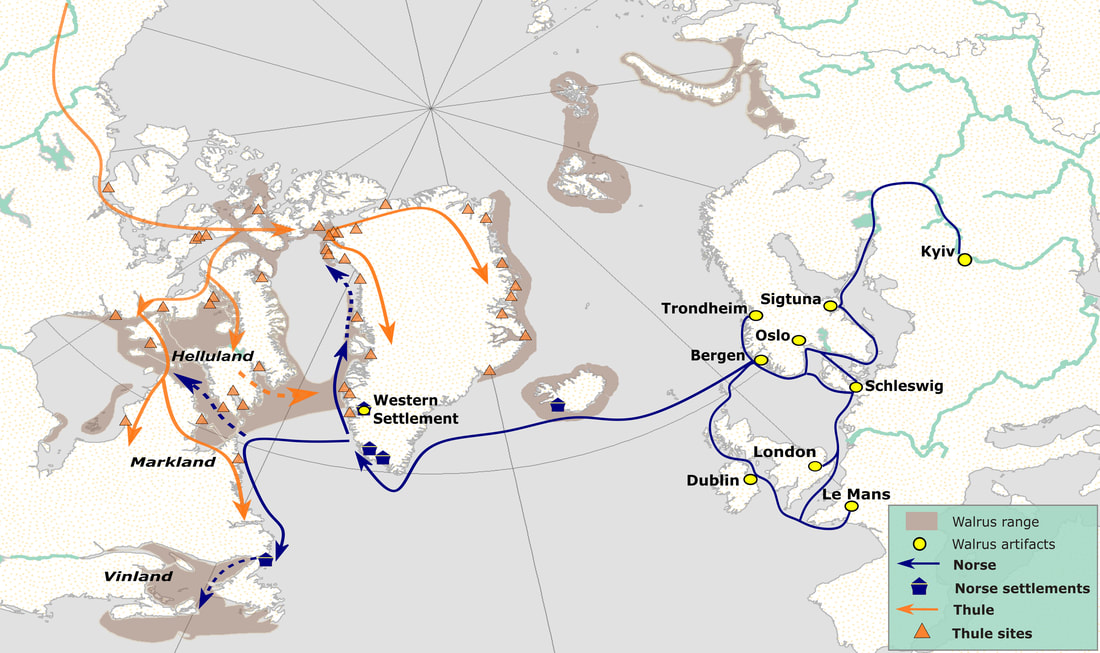|
Ptak, A. (2024, December 29). "Viking remains at medieval burial site in Poland confirmed by DNA testing: Genetic analysis of remains found at a medieval burial site in central Poland has confirmed their Scandinavian origin, marking the first evidence of Viking settlement in that particular Polish region." https://notesfrompoland.com/2024/12/29/viking-remains-at-medieval-burial-site-in-poland-confirmed-by-dna-testing/
From the agency's mission statement: "Provide the fullest possible accounting for our missing personnel to their families and the nation." Press Release. (2024, November 13). "Airman Accounted For From World War II (Calvi, B.)." DPAA. https://www.dpaa.mil/News-Stories/ID-Announcements/Article/3961138/airman-accounted-for-from-world-war-ii-calvi-b/
From the Press Release: "WASHINGTON – The Defense POW/MIA Accounting Agency (DPAA) announced today that U.S. Army Air Forces Pvt. 1st Class Bernard J. Calvi, 23, of North Adams, Massachusetts, who was captured and died as a prisoner of war during World War II, was accounted for September 16, 2024." "To identify Calvi’s remains, scientists from DPAA used dental and anthropological analysis, as well as circumstantial evidence. Additionally, scientists from the Armed Forces Medical Examiner System used mitochondrial DNA (mtDNA) and Y-chromosome DNA (Y-STR) analysis." Learn more. Visit: https://www.dpaa.mil/ Announcements by year: https://www.dpaa.mil/News-Stories/ID-Announcements But for a tooth, an old skeleton, found in a well outside of a Norwegian castle, may have remained the stuff of legends. Anderson, S. (2024, October 29). "Scientists Think a Skeleton Found in a Well Is the Same Man Described in an 800-Year-Old Norse Text: The remains were discovered during excavations in 1938. Now, researchers have learned new information about his identity by analyzing DNA from his tooth." Smithsonian Magazine. https://www.smithsonianmag.com/smart-news/scientists-think-a-skeleton-found-in-a-well-is-the-same-man-described-in-an-800-year-old-norse-text-180985343/
Quotation from the original research: "A specific passage in Sverris Saga6 describes in detail how in 1197 CE, while King Sverre wintered in Bergen, the Baglers launched a sneak attack against the Birkebeiner stronghold at Sverresborg Castle built by Sverre around 1180 CE (63° 25′ 10.1922″, 10° 21′ 25.4298″) just west of Nidaros (now the present-day city of Trondheim, Norway). The Bagler army entered the castle through a secret door while the residents were dining. They plundered and raided the castle, burning every house inside, sparing the residents only the clothes they were wearing. Crucially for this study, they threw a dead man’s body down the local drinking well inside the castle, subsequently filling it with boulders." Open Access Reference: Ellegaard et al., iScience, 111076, 2024 ª 2024 The Author(s). Published by Elsevier Inc. https://doi.org/10.1016/ j.isci.2024.111076 Quotation from the article: "Exploration of coastal North America (Helluland, Markland, and Vinland) by the Norse likely resulted in initial full-circle encounters with various Indigenous North American groups across a broad “contact” frontier running from the Canadian Maritimes up to the High Arctic." Click here to read the rest! Dier, A. (2024, October 3). "'Big News' From DNA: Probable Viking, Inuit Encounters: Walruses brought to Europe by the Norse traced to Baffin Bay, home of the Thule Inuit." Newser. https://www.newser.com/story/357258/big-news-from-dna-probable-viking-inuit-encounters.html
Open Access Source Emily J. Ruiz-Puerta et al. ,Greenland Norse walrus exploitation deep into the Arctic.Sci. Adv.10,eadq4127(2024).DOI:10.1126/sciadv.adq4127 |
Archives
June 2025
Categories
All
|
DNA-Genealogy-History.com Site Index:
Copyright 2025 Marie Rundquist., DNA Genealogy History, LLC
DNA Genealogy History, LLC is a registered S Corporation with the State of Virginia and the Federal Government since 2017, is a retailer and distributor of books and digital publications, and is certified, authorized and empowered to collect Sales and Use Tax for the Commonwealth of Virginia.
E-Mail Your Comments to [email protected]
This website is not intended for users located within the European Economic Area.
DNA Genealogy History, LLC is a registered S Corporation with the State of Virginia and the Federal Government since 2017, is a retailer and distributor of books and digital publications, and is certified, authorized and empowered to collect Sales and Use Tax for the Commonwealth of Virginia.
E-Mail Your Comments to [email protected]
This website is not intended for users located within the European Economic Area.






 RSS Feed
RSS Feed
